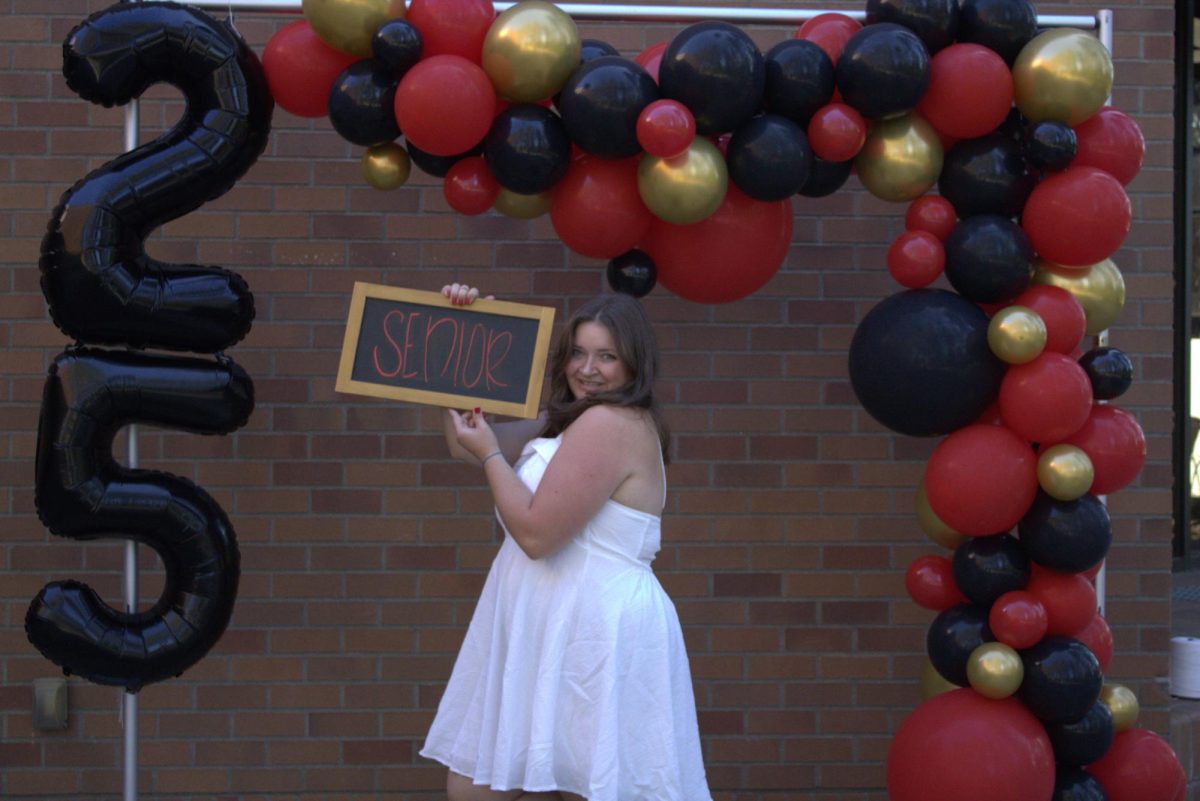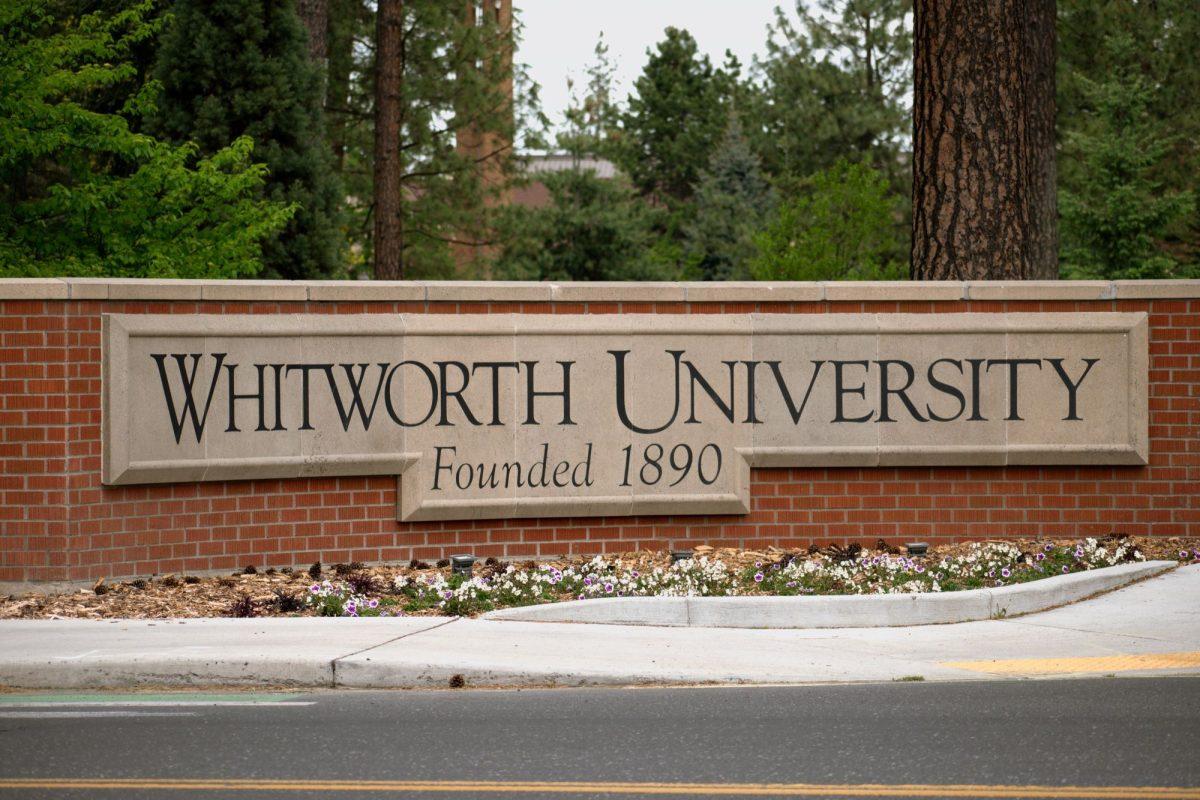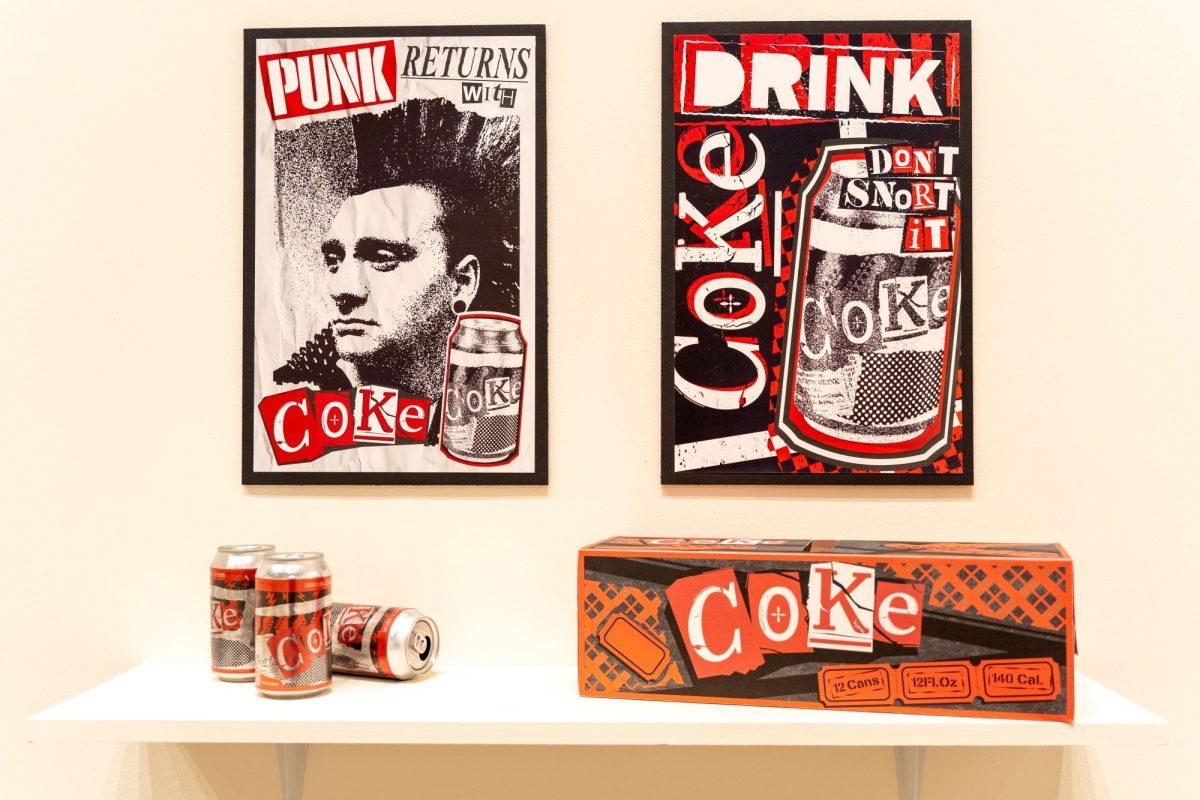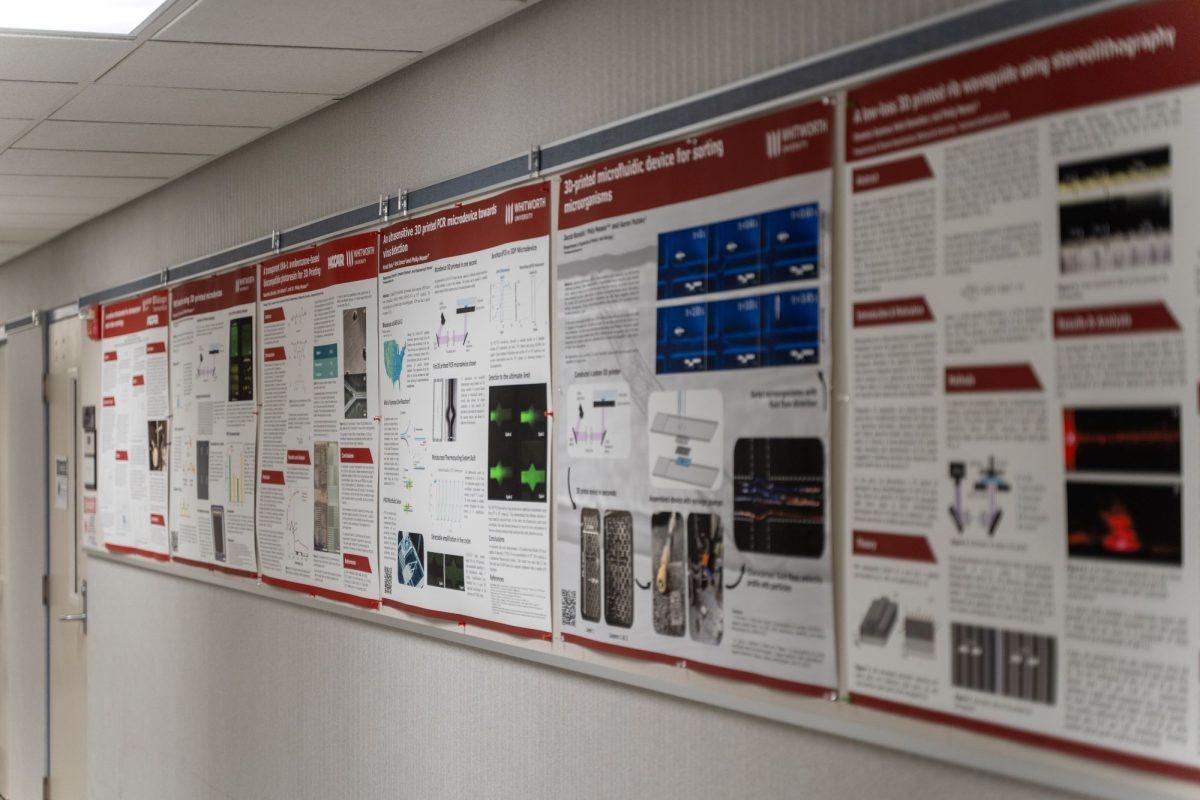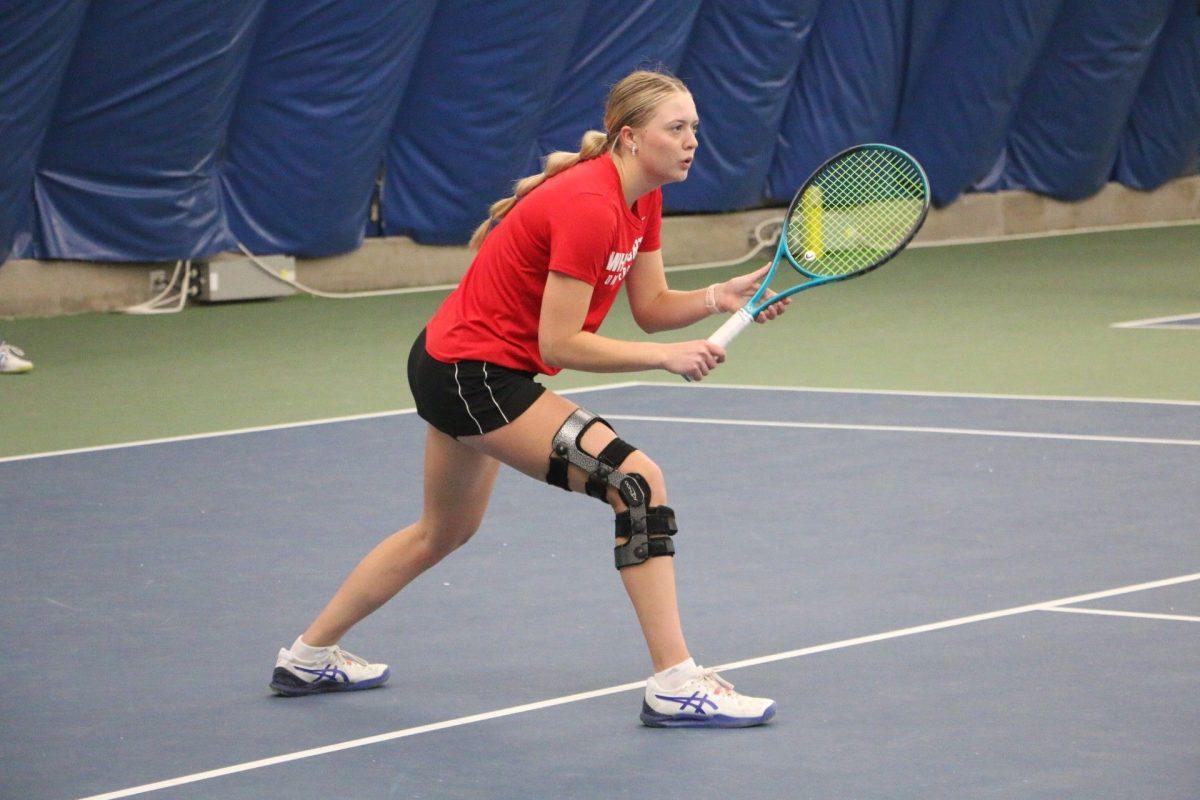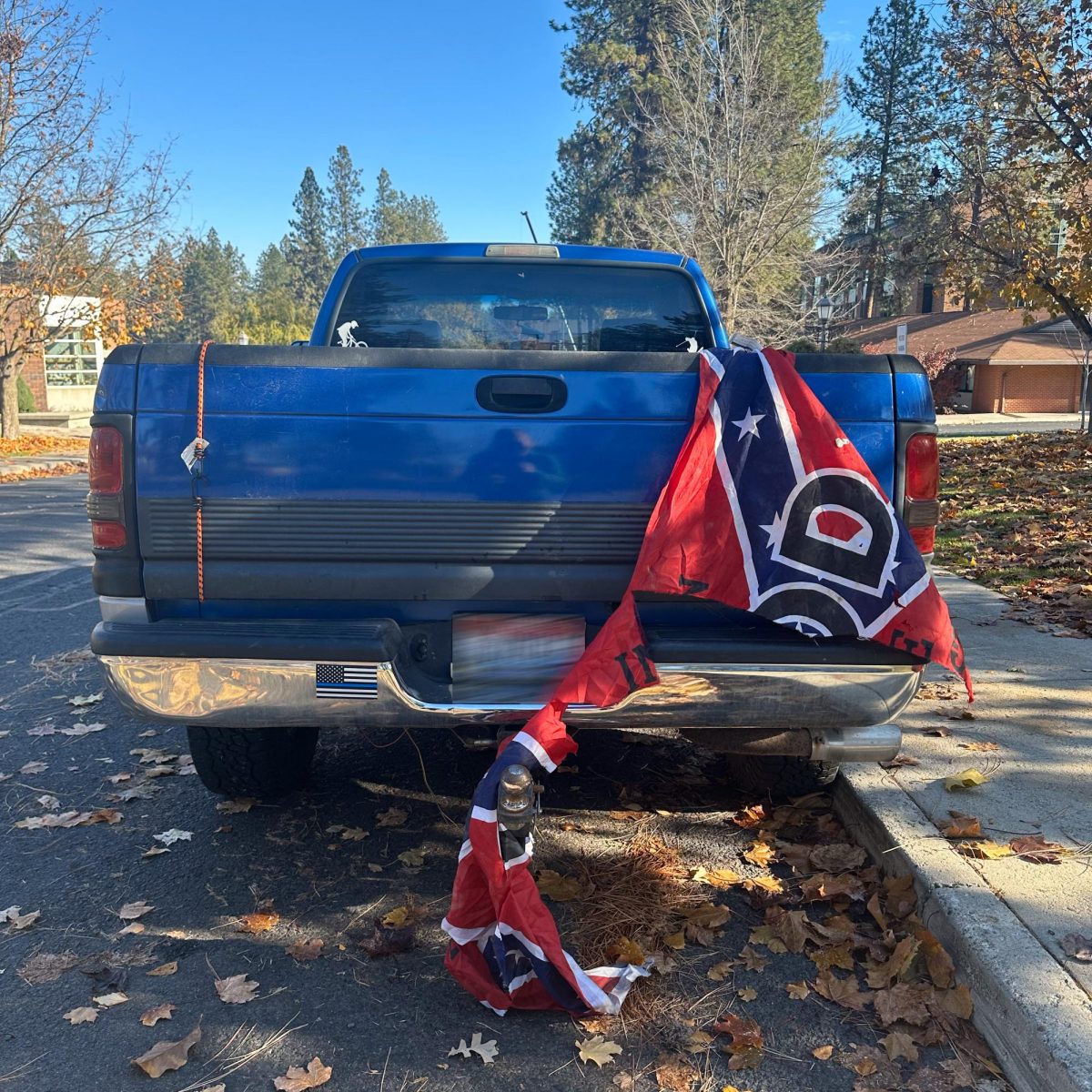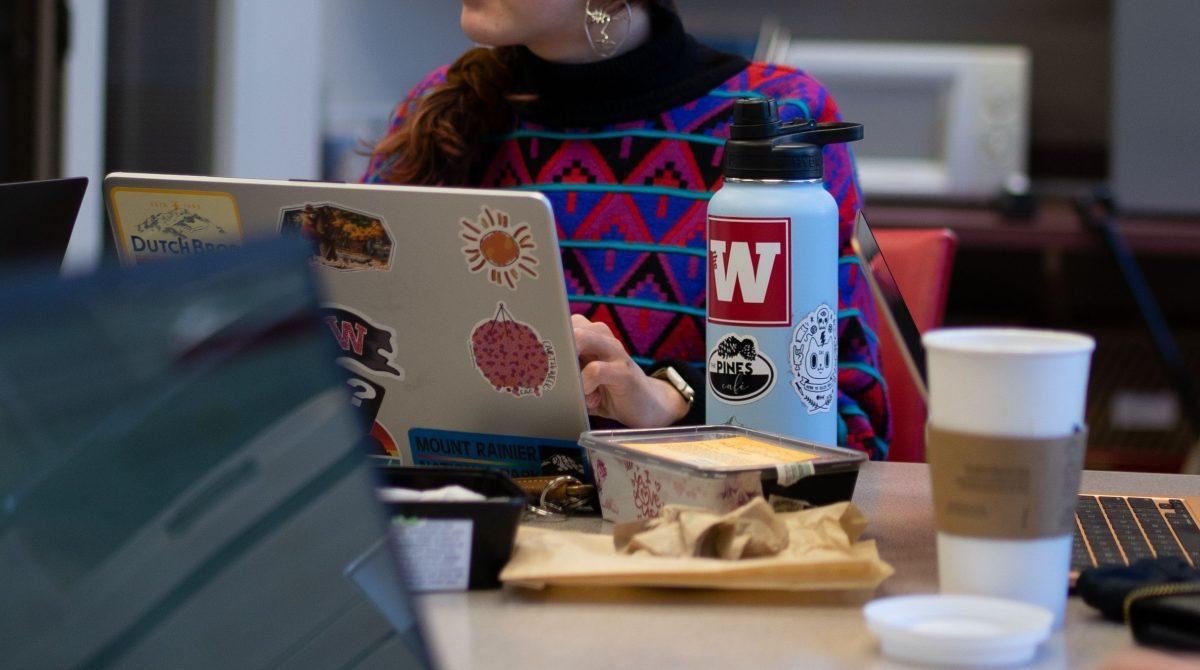Aaron Bratt
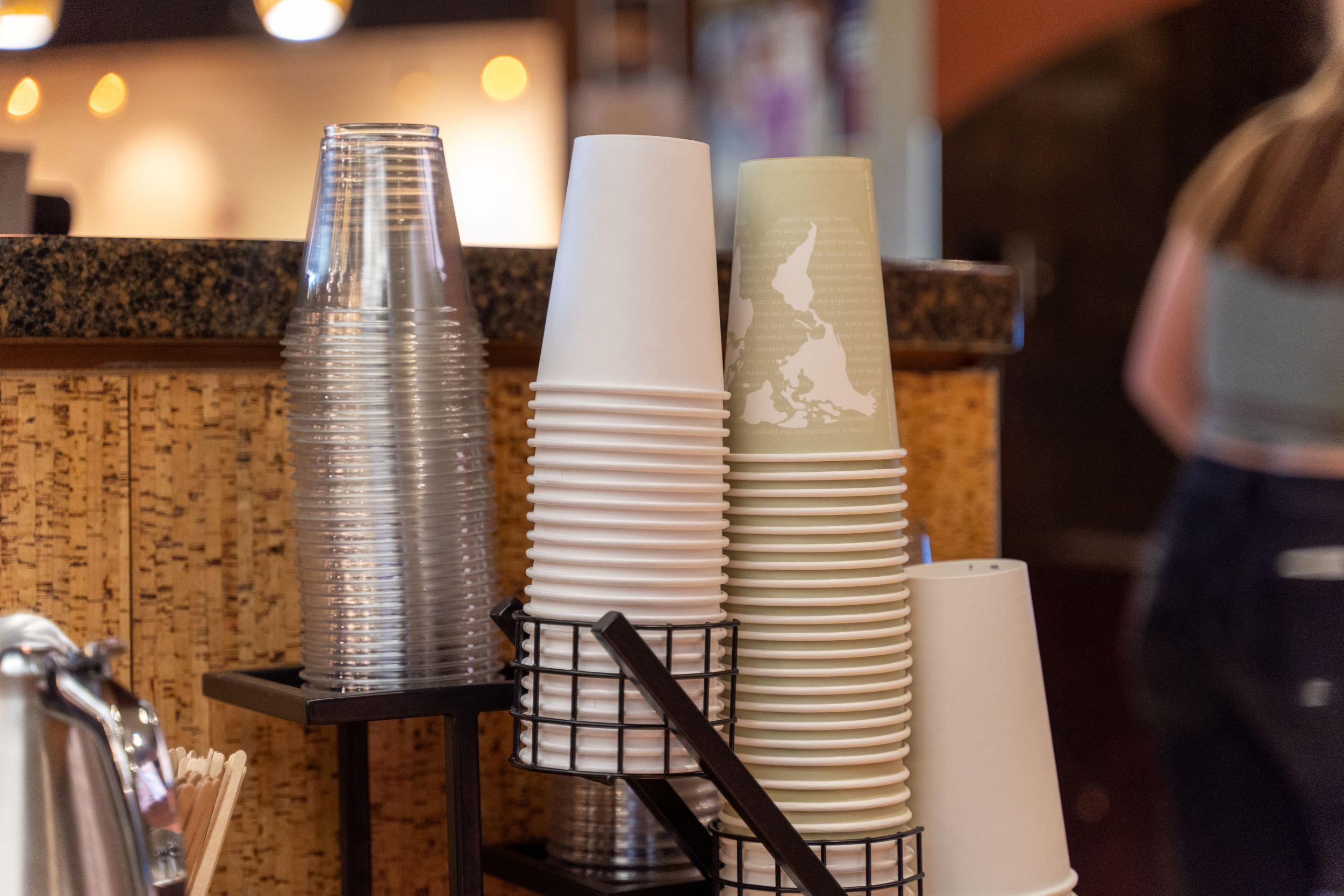
Bobby Enslow knows a thing or two about cups. I sat across from the CEO and founder of Indaba Coffee a few weeks ago to talk about sustainability in the coffee industry. He was gracious, gregarious and very busy. He kindly gave up some of his time so that I could pick his brain about a few things, primarily paper and plastic waste. As I was recently made aware of the limited recyclability of most coffee cups — both paper and plastic — I wanted, if possible, to find an alternative that a place like Indaba could use. Enslow told me about his long-standing efforts to reduce plastic and paper waste at Indaba. “Customers can still get 50 cents off their drink if they bring in a reusable mug,” Enslow told me. But consumer behavior is hard to change. As he talked, I vigorously took down notes as steam curled out of my Indaba-branded paper cup.
I am not an ecologist, nor am I a business owner. I am just a guy who cares. But, in Whitworth University’s honors program, where this project originated as my senior capstone project, I am surrounded by people like me: students, not professionals, who care deeply about guiding the world toward how we think it ought to be while living in the world as it is. That sort of care can come from anywhere.
Thus, I began my quest: if consumers will not bring in their own cup, maybe I can change the cups. Bioplastics, plastic cups made from plant material rather than petroleum products, seemed the best option. Bioplastics avoid the structural integrity problems of certain paper products while still being commercially compostable. Enslow cautioned me that most small businesses would not be able to afford bioplastics, since they can cost two or three times the industry standard. I was determined to find a way. I wanted to figure out what it would take for a company like Indaba to “go green.” I thought to myself in my excitement, “How hard is this stuff, really?”
Oh, brother…
To find the answer, we need to follow the story of how a bioplastic cup gets from production to the customer’s hand. For a company like Indaba to make the switch to bioplastics, it would either need to establish a relationship with a local distributor that already carries those cups or else would need to special order them. Enslow said that his distributor does not currently carry bioplastics. So, if I wanted to walk into Indaba and order an iced Americano with honey and lemon (really, it is a treat) in a bioplastic cup, Enslow would need to get those cups straight from the supplier.
Let us say hypothetically that Enslow decides to buy from ECO Products (ECO), a subsidiary of Novolex and popular producer of bioplastic cups and cutlery. Enslow needs to order no more than a month’s worth of product from ECO since he would not have enough room to store more than that. This means that Enslow is not only ordering a product that is more expensive than the industry standard, but he loses out on any savings he would have gotten from buying in bulk due to a lack of storage space.
More importantly, the emissions used to ship these cups to Indaba increase significantly from what they would normally be, since shipments would need to come more often. Although ECO’s headquarters are located in Boulder, Colorado, a map from their website indicates that shipments originate somewhere on the East Coast (possibly from one of Novolex’s other warehouses). So, for a shipment of ECO’s products to reach Indaba, it would need to get on a plane or truck. Since, according to ECO’s website, ECO ships with FedEx, and considering the delivery estimates in the chart above, ground transportation is a safe assumption in this case. Given only an imprecise location, let us conservatively approximate a journey of 2,000 miles.
FedEx estimates that their freight trucks operate at a capacity of 15,000 pounds, or 7.5 “short tons” (short tons are the units used to weigh cargo; one short ton is equal to 2,000 pounds). It would be most efficient not to waste space on this shipment and, considering that there are other businesses and organizations in Spokane that buy from ECO (Whitworth included), it is not unlikely that the truck is packed out with orders other than Indaba’s. This might not be true for every shipment, and ECO could send shipments to different businesses in separate trucks, but assuming those businesses buy from ECO with some degree of regularity (as Indaba and businesses like it would need to), this would not make financial sense.
The Environmental Defense Fund (EDF) gives a helpful step-by-step guide for calculating freight truck emissions. The EDF says that the average freight truck emits 161.8 grams of CO₂ per ton-mile (the distance traveled at a given cargo weight). This hypothetical truck is full of freight, so it emits around 2,427,000 grams of CO₂ over those 2,000 miles. That conservatively works out to 2.43 metric tons of CO₂ emitted from this one truck alone. If we consider that Indaba’s share of the freight for this shipment is small, maybe as low as 1/5 by weight, that is still almost half a ton of CO₂ for their portion.
Once the cup has finished its long journey to Indaba, I can drink my iced Americano in peace. But the story does not end there. Let us say I take my coffee to go, as most customers do. I walk through a nearby park, enjoying my drink, only to realize that there are no composting bins on the street (assuming I know the cup is compostable in the first place, since this is not always common knowledge). The nearest receptacle is a trash bin, so maybe I chuck the cup, figuring it will decompose on its own. Like all trash in Spokane, my cup ends up in an incinerator, which, although it also generates considerable electricity that gets sold to Avista, creates substantial CO₂ emissions, according to the Spokesman Review. Maybe I know about the incinerator and, figuring that it is plastic of some kind, toss my cup in the first available recycling bin as an act of “wishcycling.” Bioplastic can not be recycled in Spokane since it is a number seven plastic, and Spokane County only recycles plastics numbers one and two. Because of this, my cup gets sorted out and sent to the incinerator along with the rest of Spokane’s trash.
Let us say, though, in this imagined scenario to which I am devout, I take the cup home with me. Assuming I know that I cannot leave bioplastic in my backyard planter to break down since it requires a special industrial process to decompose, I throw my cup with triumph into my curbside composting bin, expecting it will be disposed of properly. Except, according to Spokane, bioplastics cannot go in that bin either. Since Barr-Tech, the municipal composting plant that Spokane sends its yard waste to, does not have the capability to break down bioplastics, the cup gets sorted out and sent to the incinerator anyway.
The story of this bioplastic cup is long and ultimately disappointing. This, of course, is not the fault of the consumer, nor the small business owner.
How hard is this stuff? Really hard.
One thing is painfully apparent: another cup exists, and its story is much shorter. This cup sits in your cupboard. Maybe your kids gave it to you and it says, “World’s Best…” something. Maybe you got it from a fun run or a job fair, and you have not gotten rid of it yet because you feel a twinge of guilt, or you have not yet Marie-Kondo’d your mug collection. These cups are infinitely recyclable — that is, these cups are washable, and you can use them as long as they exist, which is to say so long it dwarfs the lifetime of any single-use cup.
I know, I know, “2010 called — they want their ad campaign back.” But for a small business to “go green,” it would need to take a significant blow to its margins and, more to the point, would leave a considerable footprint by way of emissions. If a coffee shop closes because it cannot afford its cups, there is no point in switching cups in the first place. A business cannot make change locally if the business no longer exists. So, perhaps old solutions are a good place to start.
It is easy to throw our hands up with despair when faced with the weight of climate change. In the absence of comprehensive climate legislation, the promise of “individual action” feels like small potatoes. I identify with this defeat; I empathize with this ennui. After all, my bioplastic quest was a swift failure. In embracing ambivalence, though, the stories we tell ourselves about how much our actions matter become bleak at best and harmful at worst.
I am not an ecologist. I am not a business owner. Like anyone, though, learning about the holes in our infrastructure and in our discourse about climate change made me sad. It also made me thankful to have had that conversation with Enslow. Later in our talk, I expressed my jadedness about the general state of things.
Enslow gave me some advice: “Let’s focus on getting rid of Styrofoam first and see how far that gets us.”

